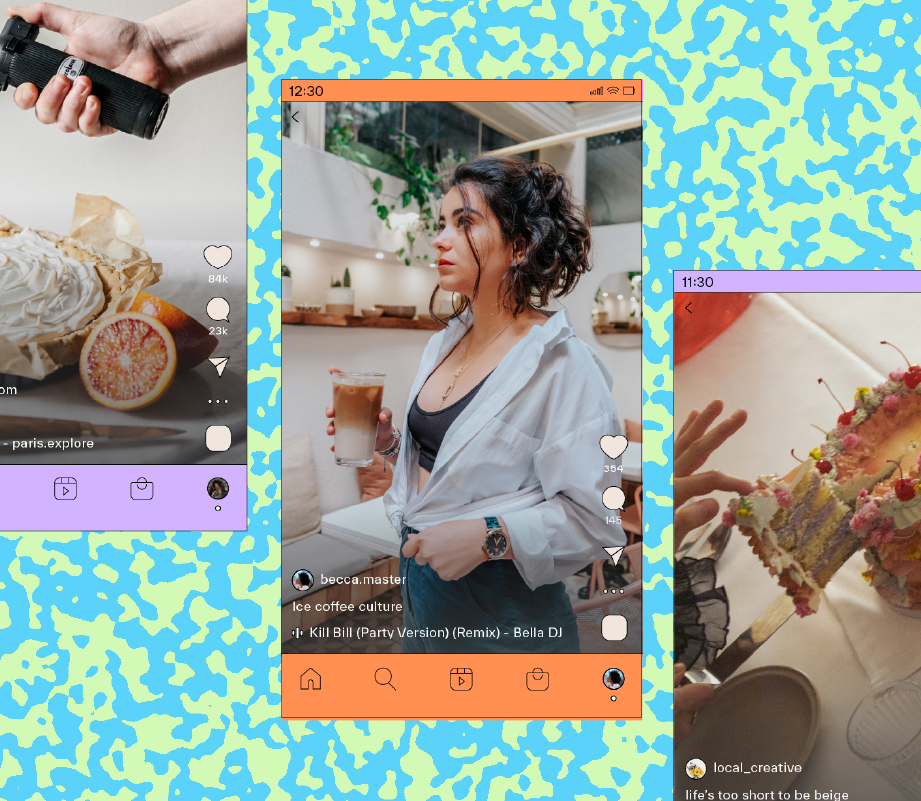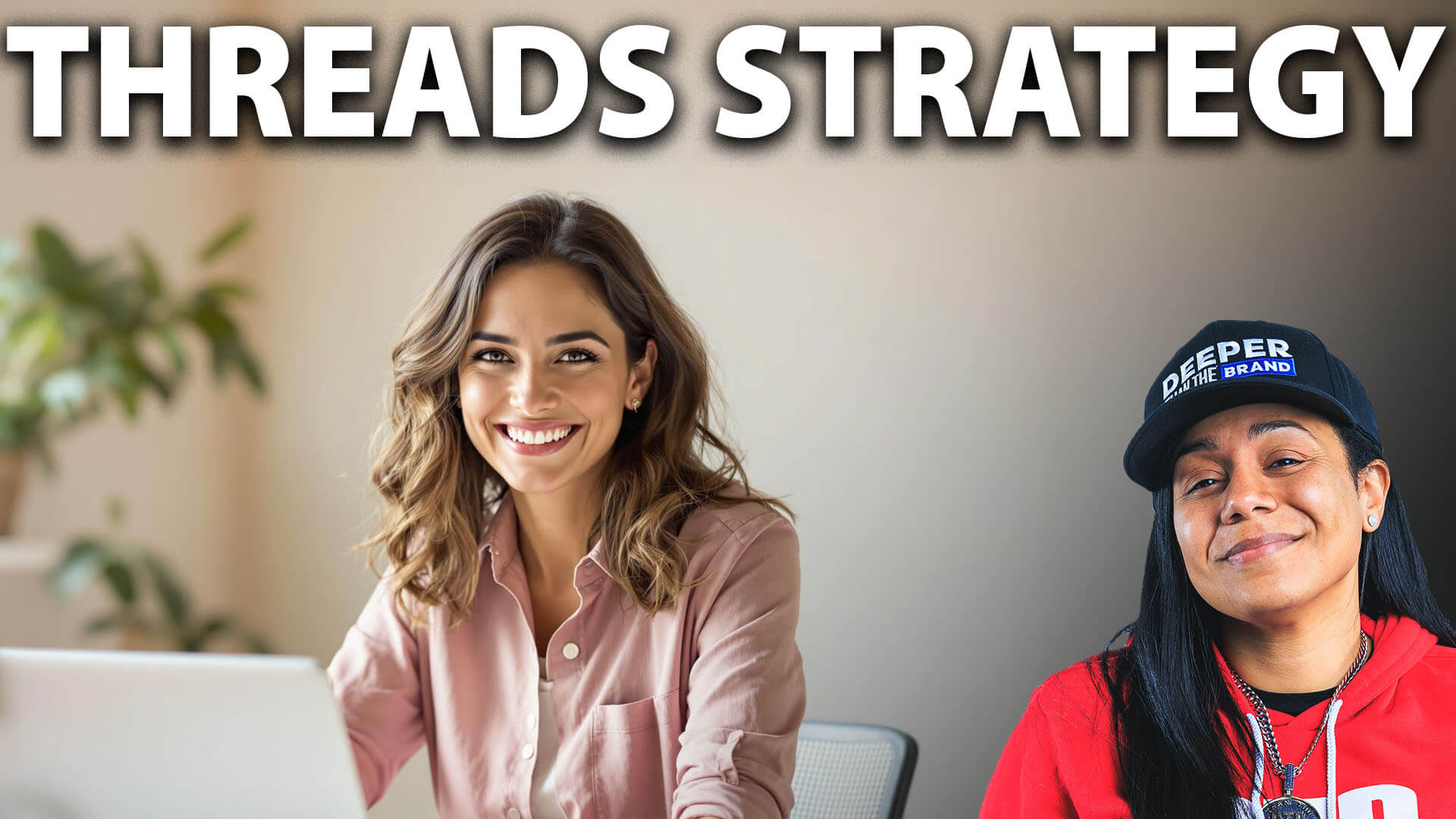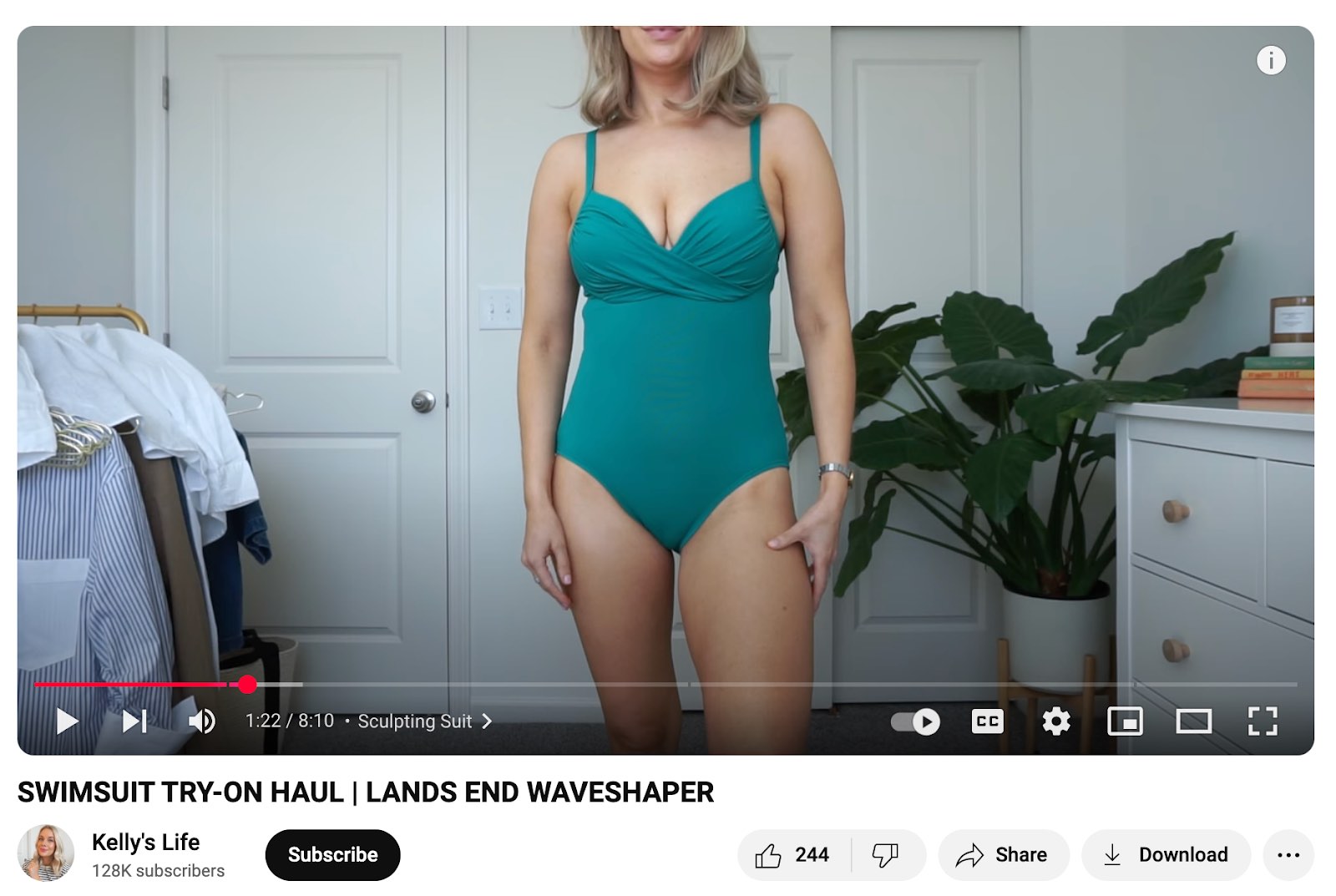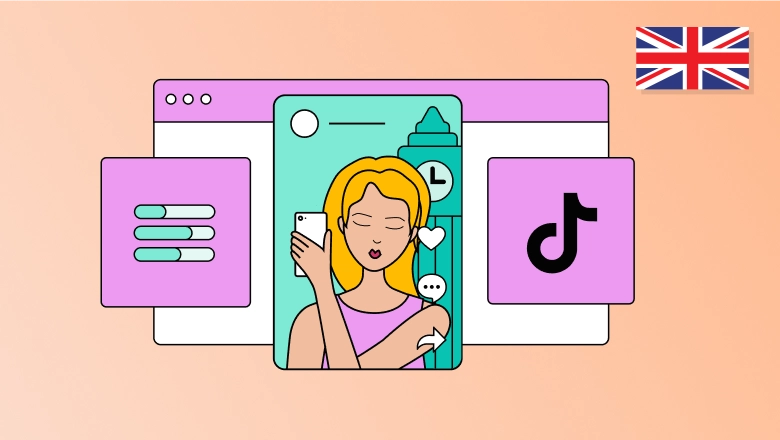YouTube influencer marketing guide to boosting brand awareness
YouTube influencer marketing is a powerful but often underused tool in a marketer’s toolbox. According to data we collected using our Sprout Social Influencer Read more... The post YouTube influencer marketing guide to boosting brand awareness appeared first on Sprout Social.
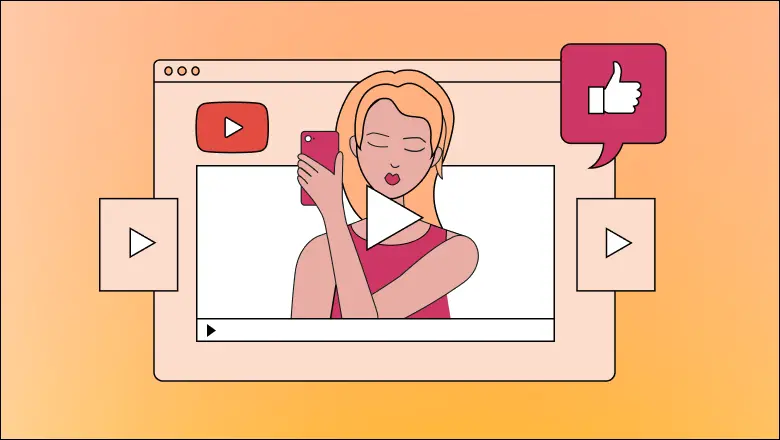
YouTube influencer marketing is a powerful but often underused tool in a marketer’s toolbox. According to data we collected using our Sprout Social Influencer Marketing platform, in 2024, YouTube influencers generated 28.4 billion engagements in the United States alone. That kind of attention is hard to ignore.
Still, many social media marketers find using YouTube as a channel for influencer marketing intimidating. This is because long-form video content requires more time, budget and creative energy than other formats. However, with the rise of YouTube Shorts and its extended time limit, brands and influencers have more flexibility in testing and exploring different content formats.
This guide explains why YouTube influencer marketing matters and how brands are using it. Plus, you’ll see real campaign examples and step-by-step tips for launching your own.
Why use YouTube influencer marketing?
YouTube is a social media juggernaut. According to Sprout’s 2024 Content Strategy Report, over three-quarters (78%) of all social users have a YouTube profile. This massive reach makes YouTube the perfect platform for promoting your brand to a large audience.
YouTube is also one of the few platforms where audiences expect—and prefer—longer-form video content. The same report found that 51% of YouTube users are most likely to engage with long-form videos from brands and do so consistently. Close to a third (32%) of YouTube users interact with brands on the platform every day, and another 47% do so at least once a week.
YouTube’s mix of long and short-form content also gives you options. Longer videos are great for in-depth storytelling, such as reviews or tutorials, while Shorts are perfect for attention-grabbing, trend-driven content. Together, they’re a powerful combo that builds visibility and trust while maximizing content mileage.
How brands use YouTube for influencer marketing
YouTube’s format flexibility offers a lot of potential for influencer marketing, from quick, scrollable short-form videos to more detailed and educational long-form content.
Here are seven different types of influencer marketing campaigns that perform well on YouTube.
1. Product reviews and comparisons
In these videos, influencers share honest opinions about a product or service, often comparing it to similar options or other versions.
Ideally, these videos should go beyond surface-level impressions. Viewers appreciate it when influencers explain the pros and cons and actually use the product.
For example, in this sponsored product review from quilting YouTube channel Pattern Poole TV, the influencer highlights the technical features of Brother’s BQ3100 sewing and quilting machine. But they don’t stop there. At the end of the video, they mention they’ll be using the machine for an upcoming quilting project. This approach lets viewers see how it holds up over time, not just in a quick demo.
2. Tutorials and how-tos
Great for problem-solving products like apps, makeup or tools, these videos walk viewers through how to use or apply a product in real life. They help people picture themselves using the product, which can generate leads and drive sales. These videos are also highly searchable and continue to drive traffic over time.
This format works well for long-form videos or ‘quick tip’ Shorts, like this collaboration between ABC’s Shark Tank and Google Workspace. The video shows business owners using Google Workspace’s new Gemini tool, illustrating how they use it to create a promotional calendar.
3. Hauls
Hauls are all about showcasing a variety of products in one go, typically from a single brand or centered around a theme, such as a spring wardrobe refresh or back-to-school supplies. Influencers typically style or test out the items in the video so audiences can see how they would use the product themselves.
For example, in the video below, influencer Kelly Ferguson tries on various swimsuits from Lands End’s Waveshaper collection. The description also has a discount code and affiliate links to drive conversions.
4. Unboxing videos
These videos capture first impressions and that satisfying “what’s inside” moment. They’re great for generating hype around new product launches, but today’s audiences don’t just want to see the item. They want to know if it delivers. To add substance, consider combining this campaign type with a review or haul.
In this video, Ellen and Mike, the creators of the Dungeons and Dragons-focused channel Oxventure, unbox a new Batman role-playing game. They examine all the pieces and highlight notable features.
5. Day-in-the-life vlogs
This style follows influencers through a regular day, showing how your product naturally fits into their lives. Many subcategories of this content type (e.g., “Get Ready with Me,” “What I Eat in a Day,” “Clean with Me,” etc.) follow a similar formula, focusing on a more specific activity.
The brand integration for this campaign type should be subtle and not an overt sales pitch. The goal is to build trust and connection. For example, we love how artist Temi Danso shows how she uses the Meta Quest 3 to view her work in mixed reality and then continues with her day.
6. Educational deep dives or explainer videos
These videos break down complex topics like personal finance, wellness or productivity and weave in a brand’s product or service as a helpful solution.
In this video, influencer Katie Steckly shares her top tips for filming yourself for YouTube. For one of the tips, she shares how she uses the sponsored product, the Insta360 Flow 2 Pro, to add motion to her shots.
Similar to the day-in-the-life style, these videos shouldn’t feel like a hard sell. Instead, the goal should be to deliver clear, useful information that establishes credibility and trust.
7. Sponsored challenge
These videos involve influencers taking on a challenge, with a product integrated into the content. They’re typically tied to a trend, season or specific goal.
For example, in the video below, influencer Sophie from Malama Life shares a 30-day decluttering challenge. The video is sponsored by Audible, which she seamlessly integrates into the content by recommending that viewers listen to a podcast or audiobook while decluttering.
3 successful YouTube influencer marketing campaign examples
What does great YouTube influencer marketing actually look like? Here are three campaigns that hit the mark.
The Kroger Company
The Kroger Company regularly partners with YouTube influencers to create Shorts and long-form video content about their products and services. For example, they shared this holiday food quiz with food influencer Tineke Younger.
They also collaborated with lifestyle influencer Chrissy Allen, known for her amusing and relatable ‘millennial mom’ content, on a campaign promoting their grocery pickup service.
As Ryan Wenstrup-Moore, a social media manager at Kroger, shared with us at our Breaking Ground: Q1 2025 event, the company uses Sprout Influencer Marketing’s geo-location features to find YouTube influencers in specific target areas. Their goal? To create an “edutainment ecosystem” of sponsored content.
They take a very creator-led approach, preferring long-term partnerships over one-off campaigns. To maintain authenticity, they also welcome influencers to pitch ideas on how they would create content using their products.
Hostinger x Answer in Progress
Hostinger is a tech company that offers website hosting and easy-to-use site-building tools. They’ve teamed up with Answer in Progress, a YouTube channel known for exploring quirky, thought-provoking questions like “Why does no one know what curry is?” or “Why were we all forced to learn the recorder?”
What makes this influencer partnership stand out is how seamlessly Answer in Progress weaves Hostinger into their storytelling. Instead of a hard sell, they build websites that connect directly to the video’s topic—like this recipe blog featured in the curry video—and then transition into a short, on-brand promo with a custom discount code. The product placement is useful, clever and totally in sync with the content.
MOB Beauty x Monica Ravichandran
MOB Beauty is a cosmetics brand known for its vegan, cruelty-free, pro-quality makeup. The brand regularly partners with influencers to create custom shades that reflect their unique style and voice.
Monica Ravichandran is a YouTube creator celebrated for her honest reviews and “brown-girl-friendly” makeup recommendations. She recently partnered with the brand after launching a video series to find her perfect red lipstick for her wedding. The search ended with a collaboration: a custom red shade made with MOB Beauty.
Though the lipstick isn’t available to the public at the time of writing, the series brought her audience along for the ride and built authentic buzz around the launch. It’s a great example of how brands and creators can co-create content that feels personal, purposeful and worth the hype.
How to create a successful YouTube influencer marketing campaign
Ready to create your own YouTube influencer marketing campaign? It’s simple—just follow these six steps.
1. Establish objectives and KPIs
What are the goals of the campaign and KPIs for success? For example, with influencer marketing, some brands tend to prioritize brand awareness and reaching new potential customers.
This means you would track KPIs like:
- Impressions
- Clicks
- Unique views
Set up UTM parameters or short links for each influencer to make tracking your campaign easier. With our Influencer Marketing platform, adding affiliate UTM tags and pixels to monitor traffic, conversions and performance is straightforward and seamless.
2. Define your campaign budget
Rates vary from influencer to influencer and are partly based on their total reach.
Here’s what YouTube influencer posts typically cost, based on their type, according to our Sprout Social Influencer Marketing data:
- Nano-influencers: $55 per post
- Micro-influencers: $300 per post
- Macro-influencers: $7,500 per post
- Mega-influencers: $105,000 per post
And here’s a breakdown of the four types of influencers, by follower count:
- Nano-influencers: under 10,000 followers
- Micro-influencers: 10,000–100,000 followers
- Macro-influencers: 100,000–1,000,000 followers
- Mega-influencers: 1,000,000+ followers
Pro tip: Sprout Social’s Influencer Marketing platform features built-in campaign budget management to easily track where every marketing dollar is going and stay on top of your spend.
3. Find the right YouTube influencers
The next step is to find YouTube influencers who align with your brand and your campaign goals. Ensure that their followers align with your potential customers, so you reach people who are more likely to be interested in your brand.
While you could manually search YouTube or study your competitors’ sponsored content, our all-in-one Influencer Marketing platform saves you time and effort. Capabilities like Creator Discovery allow you to easily filter influencers based on location, platform, audience size and topical alignment. Plus, our search function uses machine learning to recommend creators who are a strong brand fit.
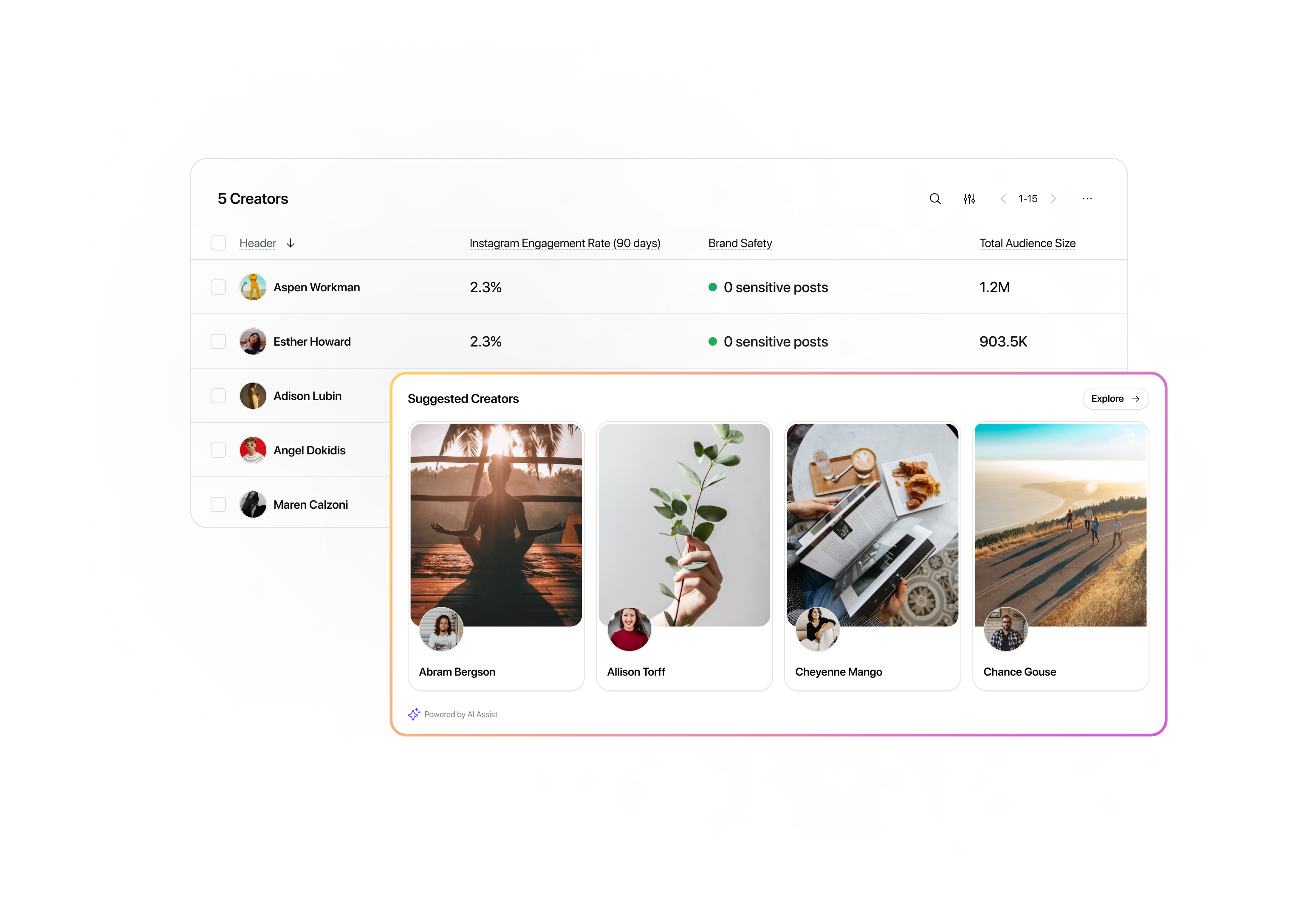
4. Measure YouTube influencer campaign success
Every influencer marketing campaign needs a plan for measuring success.
Here are a few things to set up for each campaign:
- As we mentioned, you’ll want to create UTM links to track link clicks and traffic
- Create influencer-specific affiliate codes to track conversions
- Set up reporting and analytics dashboards to track your campaign’s goals
If all this data feels overwhelming, our Influencer Marketing platform makes it easy to manage. Capabilities like Modular Campaign Summary and Report Builder will automatically pull performance metrics into clean, customizable reports, making it quick and stress-free to track your campaign’s impact.
Curious how it all comes together? Take our Influencer Marketing product tour to see how our platform handles everything from finding the right creators to tracking campaign performance.
5. Share the impact of your strategy
Big numbers and percentages may look great, but they don’t mean much without context. To demonstrate influencer marketing ROI to leadership and key stakeholders, you must connect your efforts to real business outcomes. Clicks and conversions are great, but they don’t fully communicate the value of social media, especially when it comes to brand awareness.
Integrate Sprout’s Influencer Marketing platform with other business intelligence tools like Salesforce or Google Analytics to show how a campaign influenced someone at different points in the sales funnel, not just when they clicked “buy.”
Sprout’s reporting can also help you visually communicate your work to higher-ups and illustrate how influencer marketing supports brand-building and revenue goals.
6. Consider a YouTube influencer platform to streamline your strategy
If YouTube is a key part of your influencer marketing strategy, it’s worth using a platform built specifically for it.
Managing Shorts and full-length video campaigns means different timelines, approval processes, creative briefs, posting strategies and performance metrics. Without the right tools, things can get messy fast.
A YouTube influencer marketing platform like Sprout enables you to manage everything, from onboarding to payments, in one dashboard. Plus, our creator discovery makes it easy to find YouTube influencers in whatever niche you’re looking for, including digital natives like Millennials and Gen Zers.
And when you’re ready to scale, it’s built to handle more. It’s easy to run multiple campaigns at once and manage creators across regions or verticals without too many extra steps.
Launch your YouTube influencer marketing campaigns
Working with influencers is a great way to create content that naturally promotes your brand and its products. It’s also one of the best ways to reach younger generations, also known as digital natives.
Ready to put these strategies into action? Book a demo to see how our platform makes YouTube influencer campaigns easier to launch, manage and scale.
The post YouTube influencer marketing guide to boosting brand awareness appeared first on Sprout Social.












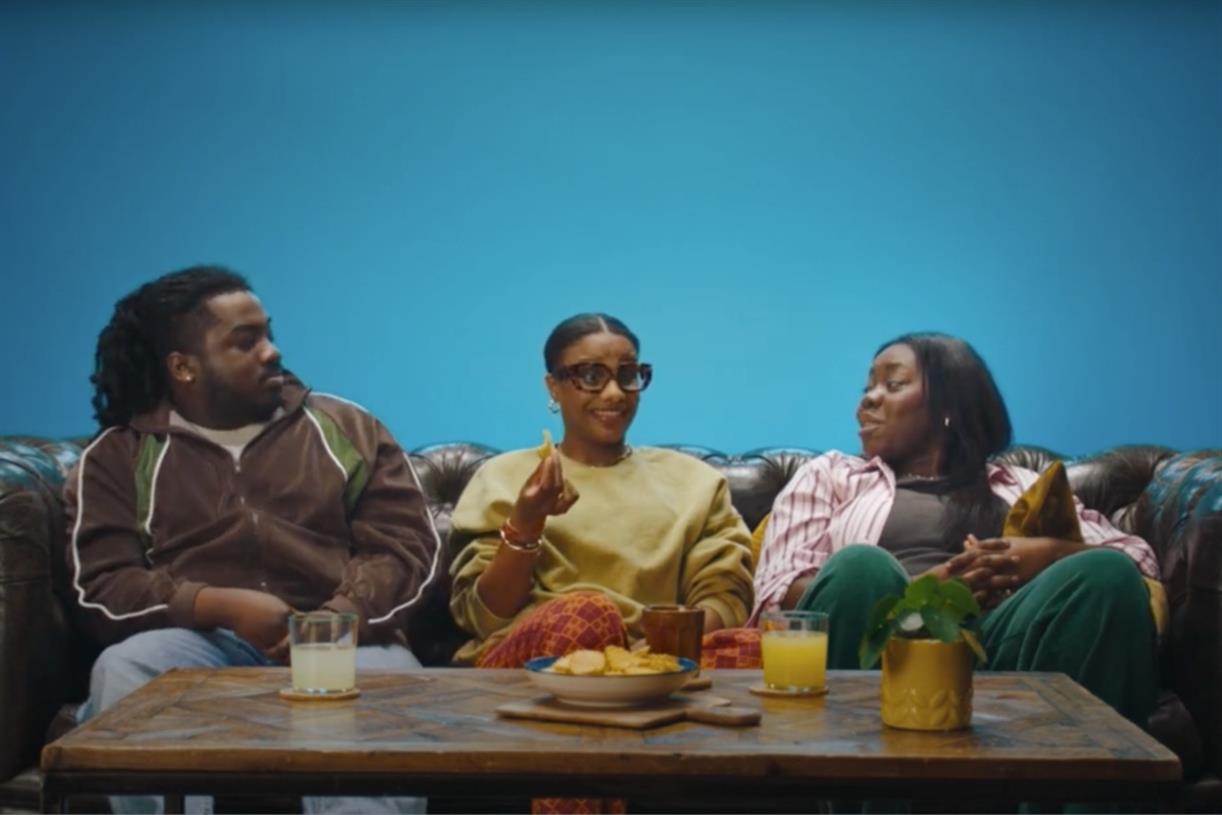




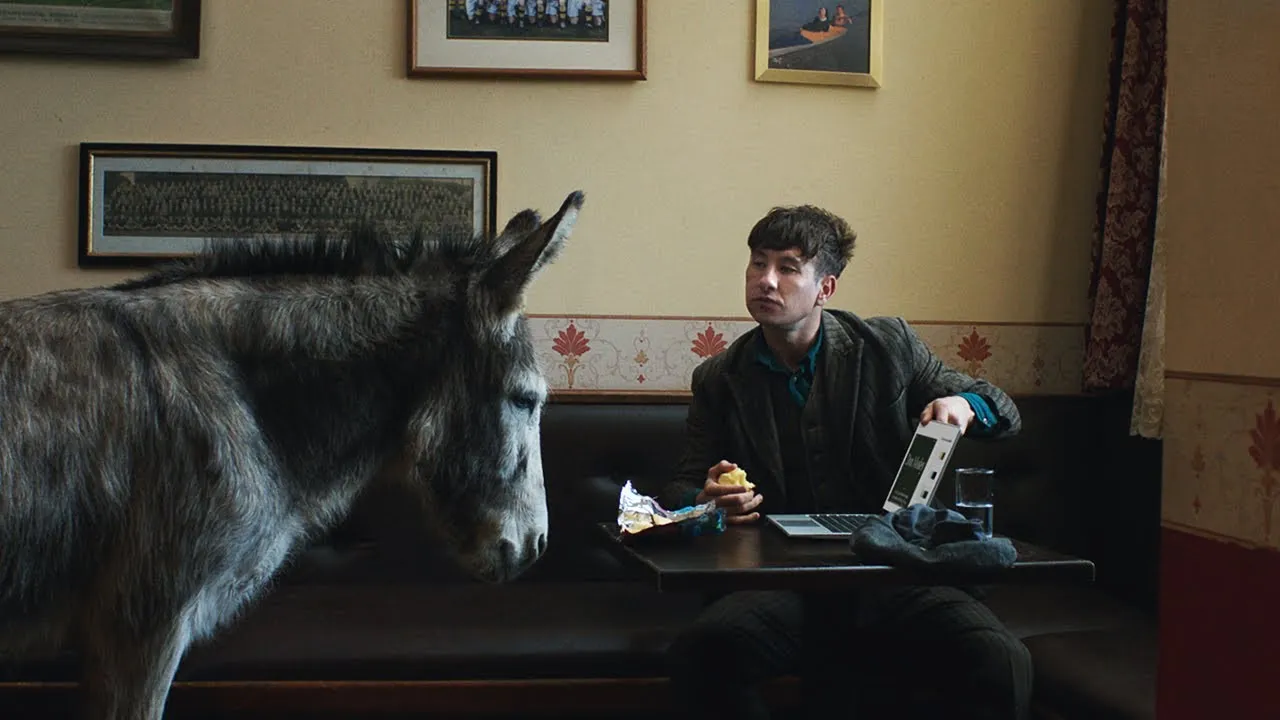


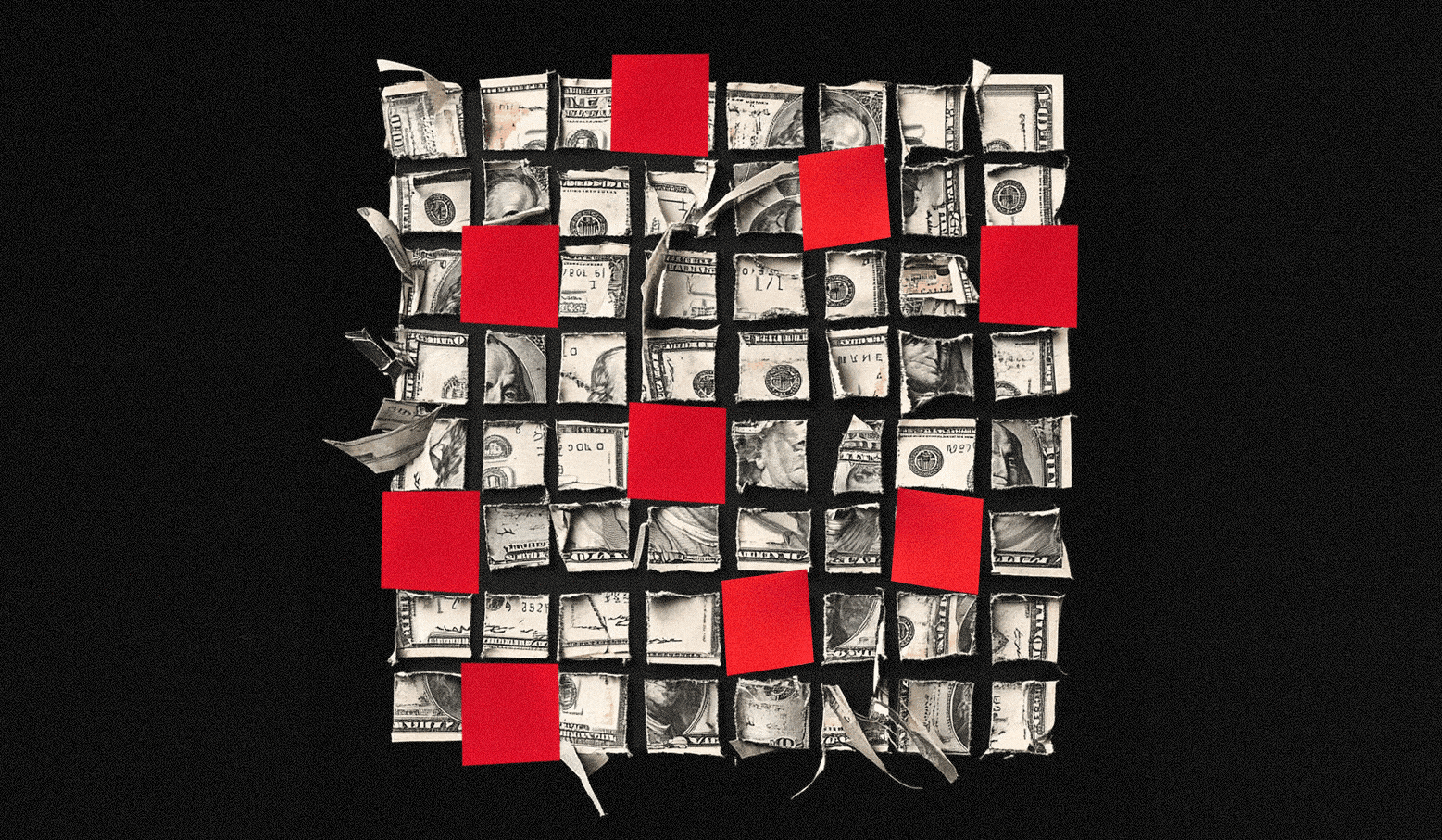

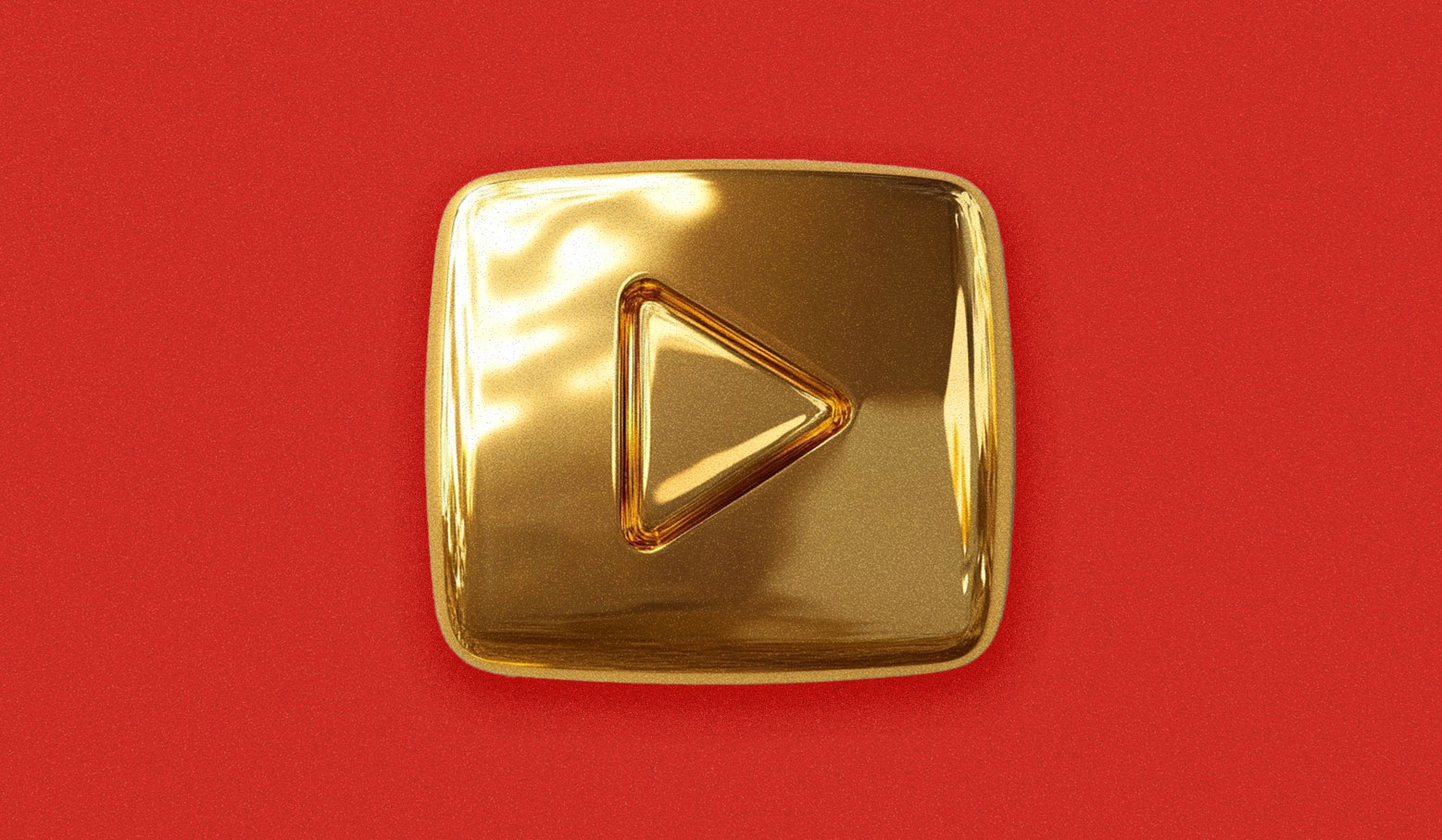








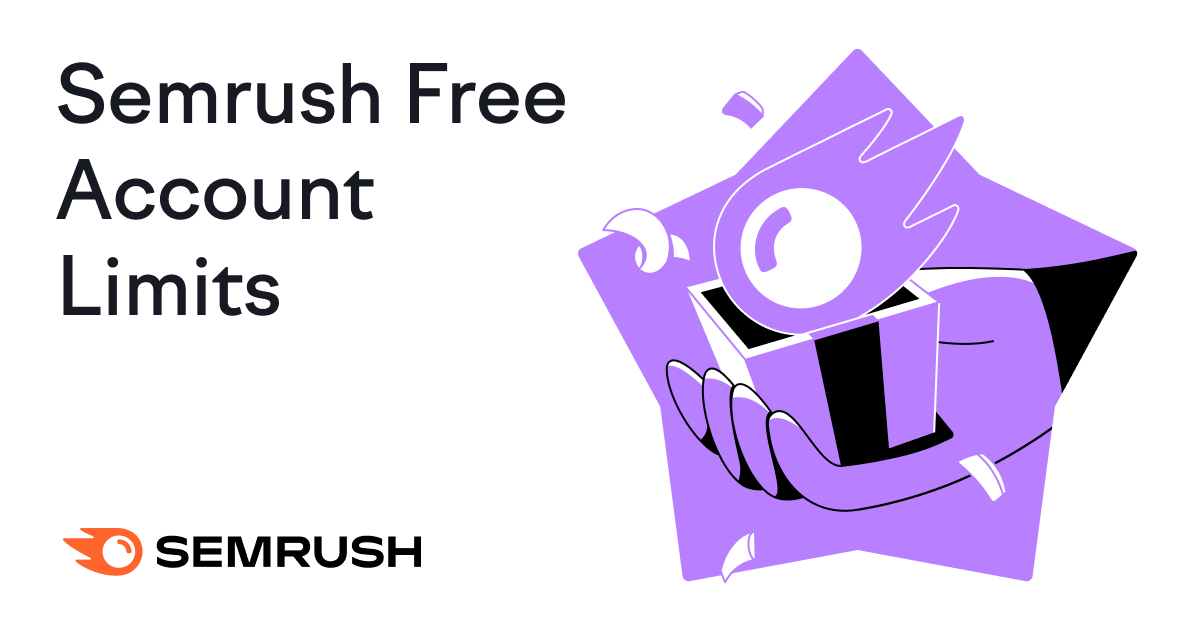

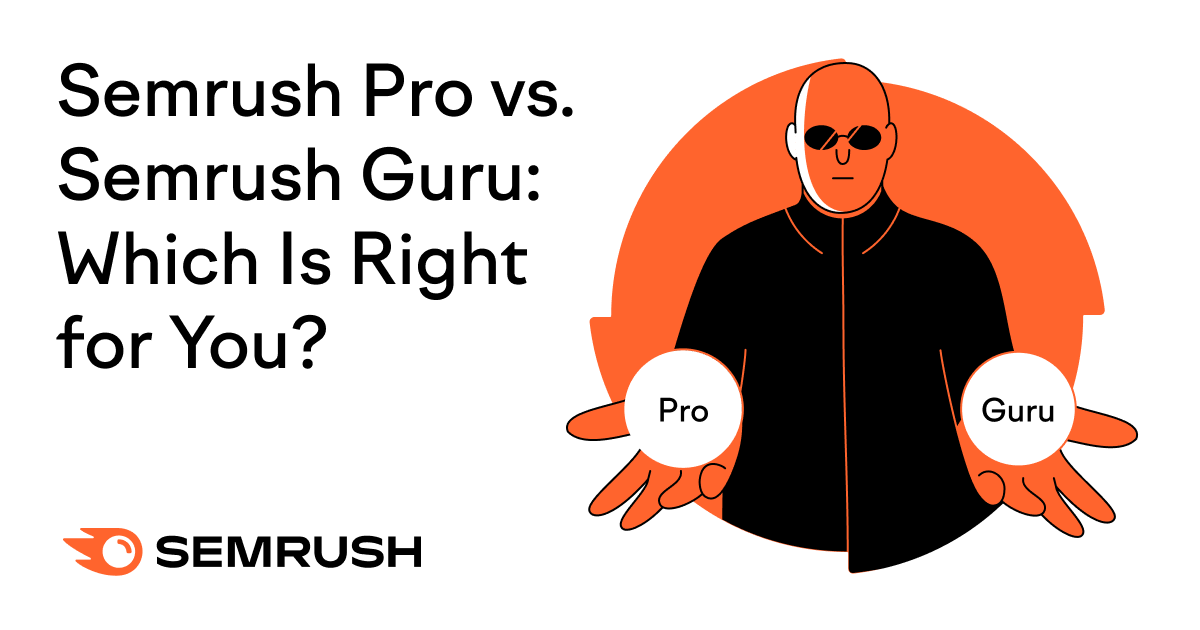



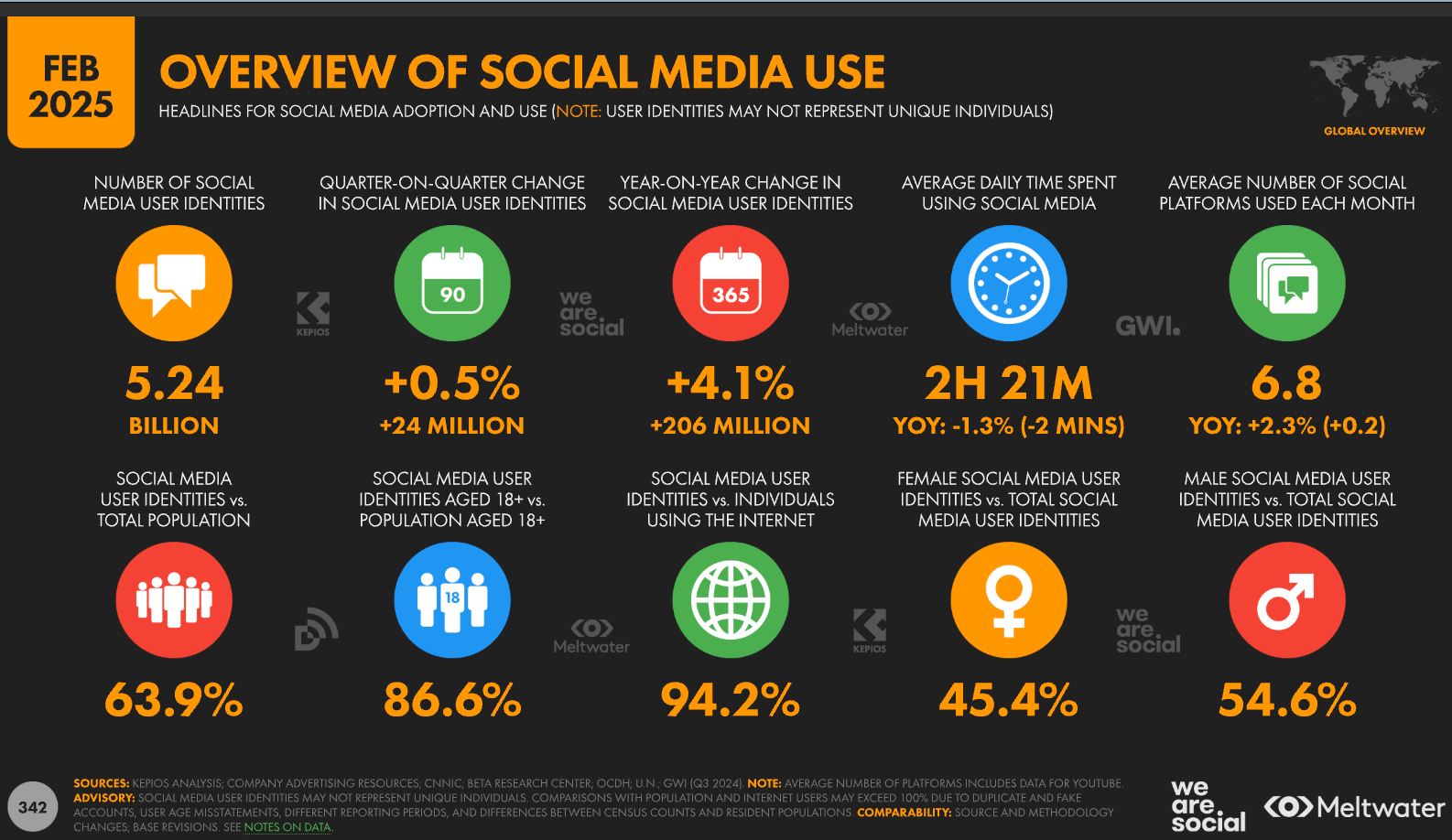











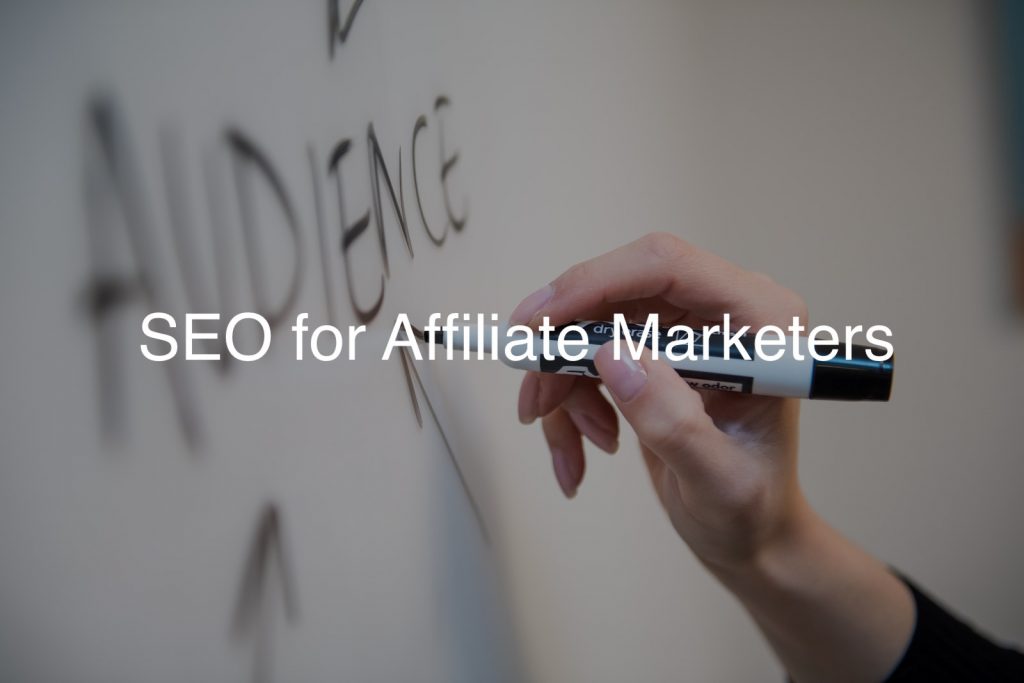

![The 11 Best Landing Page Builder Software Tools [2025]](https://www.growthmarketingpro.com/wp-content/uploads/2024/04/best-landing-page-software-hero-image-1024x618.png?#)





































![What Is Generative Engine Optimization [Tips & Workflows To Do It]](https://moz.com/images/blog/banners/What-Is-Generative-Engine-Optimization-Tips-Workflows-To-Do-It-1.png?auto=compress,format&fit=crop&dm=1745607929&s=6f75f1f02c531af0f80acb12517c8bab#)









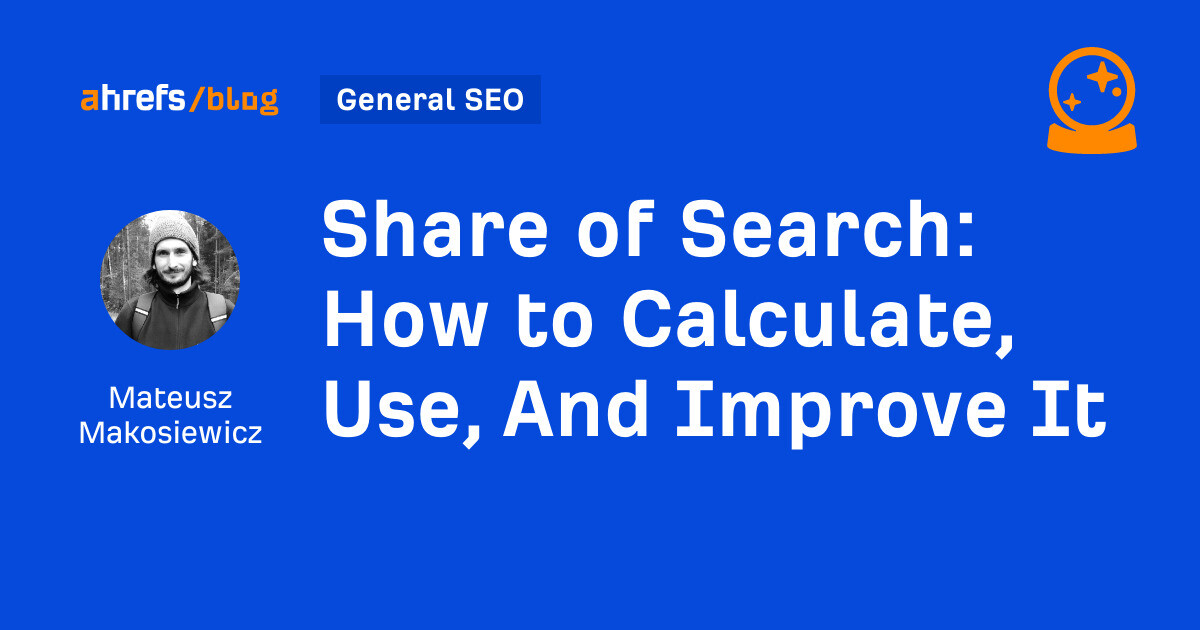

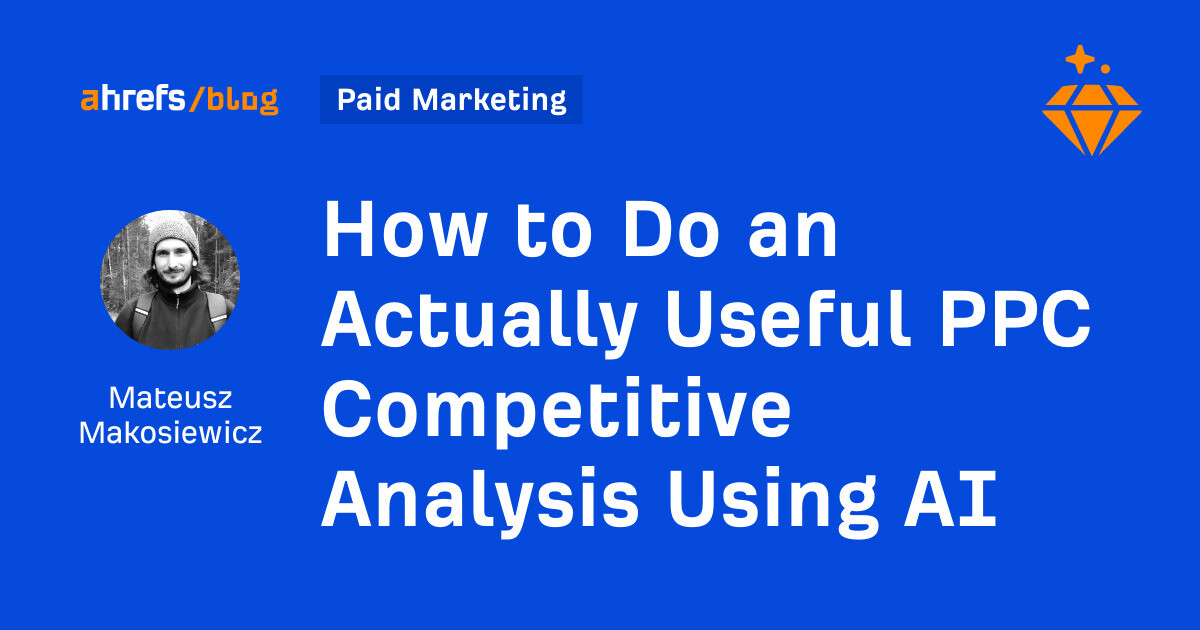
![8 Marketing Principles You’ll Wish You Knew When You First Started [Infographic]](https://imgproxy.divecdn.com/IrFUUizSVZJGsPem_wXXddL_nQGNvo8QImauGCOQCxo/g:ce/rs:fit:770:435/Z3M6Ly9kaXZlc2l0ZS1zdG9yYWdlL2RpdmVpbWFnZS84X21hcmtldGluZ19wcmluY2lwbGVzX2luZm8yLnBuZw==.webp)
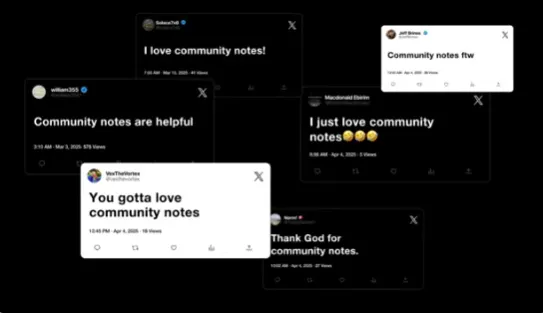
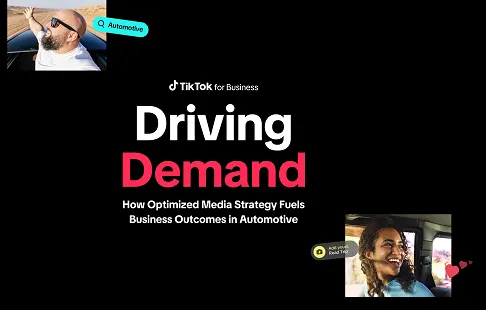

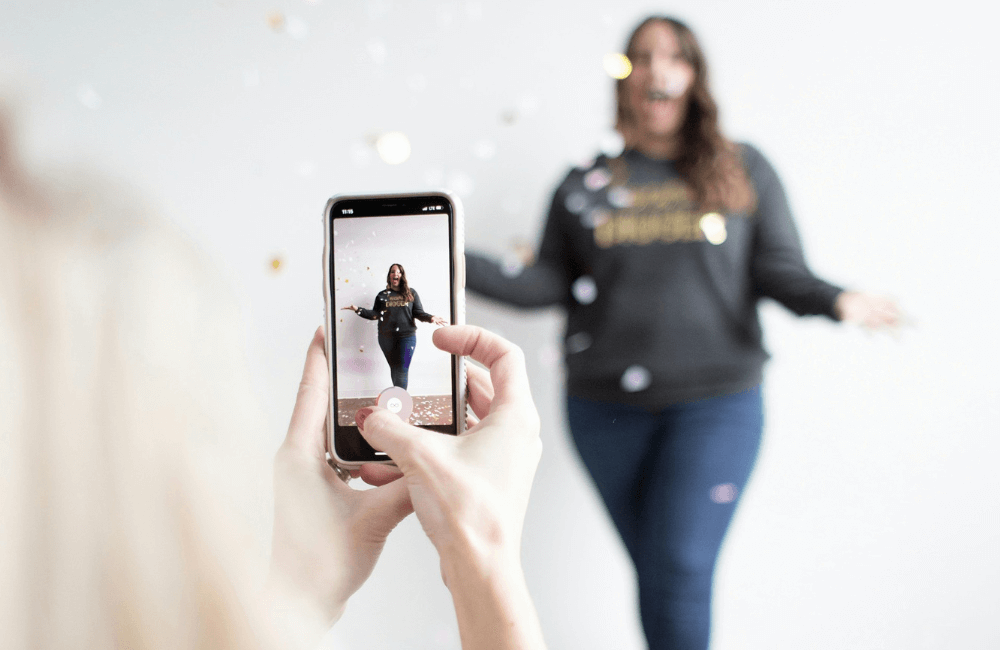










![Social media image sizes for all networks [May 2025]](https://blog.hootsuite.com/wp-content/uploads/2023/01/Social-Media-Image-Sizes-2023.png)

![X (formerly Twitter) vs. Threads: What brands need to know [data]](https://www.hubspot.com/hubfs/x%20vs%20threads.png)
![The best marketing campaigns of the year (thus far), what to learn from them, and why they worked so darn well [new data]](https://knowledge.hubspot.com/hubfs/marketing-campaigns-1-20250508-1357892.webp)


